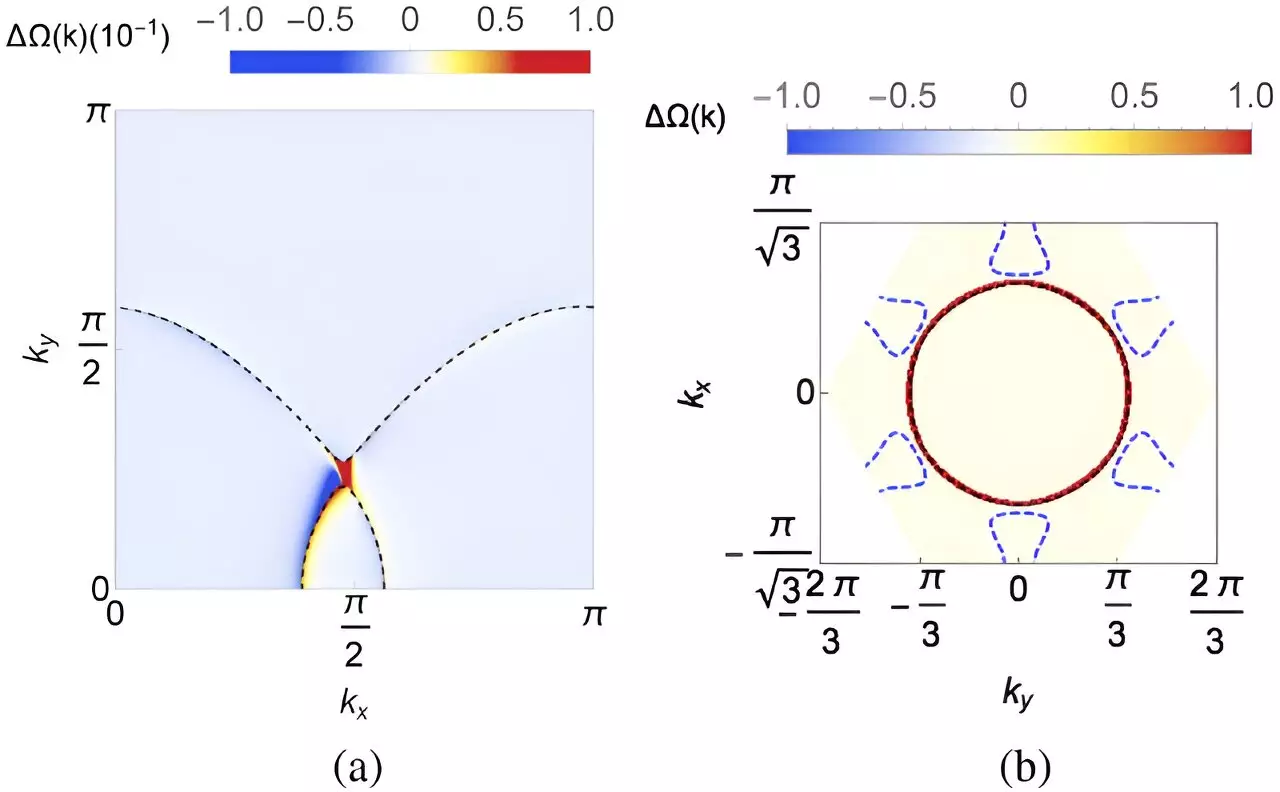In a groundbreaking study spearheaded by Qimiao Si at Rice University, researchers have identified a new class of quantum critical metal that elucidates the intricate interplay of electrons within quantum materials. This research, published in the esteemed *Physical Review Letters* on September 6, delves into the profound implications of Kondo coupling and chiral spin liquids in specific lattice structures. The significance of this discovery extends beyond theoretical physics; it has potential applications in designing electronic devices characterized by remarkable sensitivity, a promise made evident by Si’s remarks on the capabilities of quantum-critical systems.
At the heart of this research lies the notion of quantum phase transitions. Mirroring the transformation of water among its solid, liquid, and gaseous states, electrons in quantum materials can transition between various phases in response to environmental changes. Unlike the predictable behavior of water, these electron transitions are governed by the complex rules of quantum mechanics. The researchers emphasize two principal quantum effects: quantum fluctuations and electronic topology. Even at absolute zero, where thermal motion is effectively non-existent, quantum fluctuations can lead to significant reorganization of electron states, triggering quantum phase transitions marked by extreme physical characteristics known as quantum criticality.
A pivotal aspect of the study involves examining the behavior of electrons, conceptualized as two distinct groups: one that moves slowly—akin to cars caught in congestion—and another that races unhindered in a fast lane. Although the slow-moving electrons may seem stationary, their spins are not constrained and can orient in multiple directions. According to Si, these spins usually arrange in a standard order. However, the unique lattice structure under investigation instigates a form of geometrical frustration, resulting in a more chaotic configuration known as a quantum spin liquid—characterized by its chiral properties that enable it to adopt a temporal direction.
When the chiral spin liquid couples with the rapid electrons, a topological phenomenon emerges. The research unveiled that this interaction prompts a transition into a Kondo phase—a complex situation where the spins of the slower electrons synchronize with the faster ones. This discovery amplifies our understanding of the relationship between electronic topology and quantum phase transitions, revealing that as electrons traverse these phases, their conductive properties can vary dramatically.
A particularly remarkable finding from the research involves the Hall effect, a phenomenon describing how an electrical current behaves when influenced by an externa magnetic field. According to co-author Silke Paschen from the Vienna University of Technology, the study indicates that the Hall effect encapsulates a component influenced by electronic topology, with their work demonstrating that this effect exhibits a significant change across the quantum critical point. This revelation not only enhances the theoretical understanding of quantum materials but also lays the groundwork for potential technological advancements.
One of the most promising implications of this research is the sensitive response of the Hall effect to quantum phase transitions, as highlighted by Si. The fascinating aspect is that this responsive behavior can be observed in relatively weak magnetic fields, opening avenues for the development of next-generation electronic devices. Such devices could possess unprecedented sensitivity, making them invaluable in critical sectors such as medical diagnostics and environmental monitoring.
The collaborative effort behind this research involved contributions from Wenxin Ding of Anhui University and Rice alumna Sarah Grefe, showcasing a productive partnership that has illuminated pathways for future exploration in the quantum realm. As this research continues to unfold, it promises not only to deepen our comprehension of quantum materials but also to fuel innovation in technology, potentially heralding transformative advancements in electronic devices designed for specialized applications.
The insights gained from Rice University’s exploration into quantum critical metals serve as a cornerstone for future technological developments, propelling us into an era where quantum mechanics can significantly influence our daily lives.


Leave a Reply